Reflection on Mary MacKillop
March 8, 2020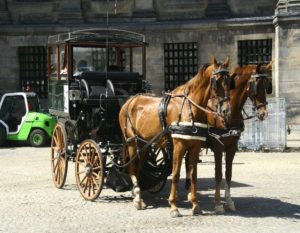 From St Martha’s Home Leichhardt NSW, on 19 November 1925, Sister Mary Patricia Campbell reflects on Mary MacKillop’s care and love of her Sisters.
From St Martha’s Home Leichhardt NSW, on 19 November 1925, Sister Mary Patricia Campbell reflects on Mary MacKillop’s care and love of her Sisters.
“A Sister was dying at Port Augusta. She was putting out a crude kerosene lamp in the church after evening devotions. The lamp burst and, in a moment, the poor Sister was in flames. She lingered for three or four days in great agony and each day kept asking for Mother Mary. The boat from Adelaide only went once a week, and at that time the nearest station to Port Augusta was Mount Remarkable. Mother Mary’s kind heart yearned to be with her dying child and in her distress, she said, ‘I shall go to Mount Remarkable and surely some kind people will drive me the rest of the journey.’ On arrival at the terminus she made fruitless efforts to get driven on; several farmers were in with their wheat, but all shook their sage heads at the prospect of driving to Port Augusta. They adjourned to the hotel and were having refreshments when Mother Mary walked in and said: ‘Gentlemen, my sister who is dying at Port Augusta, is constantly asking for me. If one of you will lend me a horse, I will ride there. Chivalry was not quite dead in those Celtic hearts. Two or three jumped up, got a pair of spanking horses and a buggy and drove her on that afternoon where she was in time to console the last moments of the dying Sister….” [1]
The Beatification of Mary MacKillop – A Celebration for all Australians
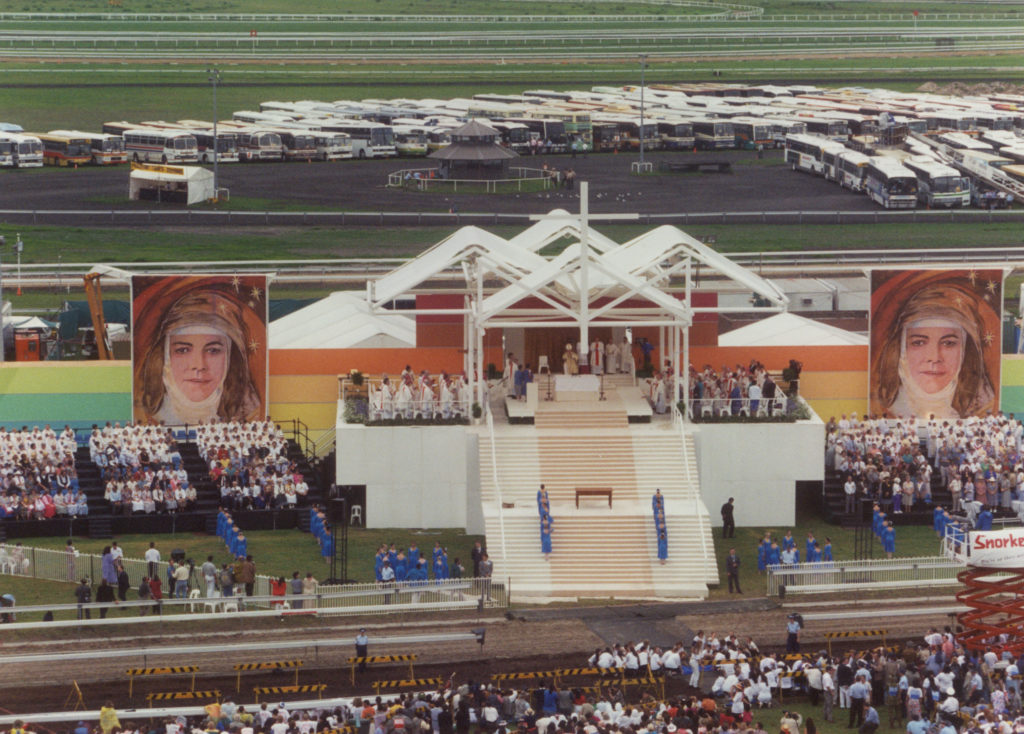
Srs Clare Koch and Margaret McKenna reflect back on the time since the Beatification of Mary MacKillop.
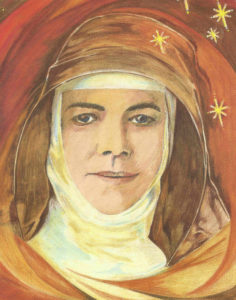
Mary MacKillop received the title ‘Venerable’ from the Catholic Church on 13 June 1992. This was a recognition of an Australian who had practised the Christian virtues in a heroic manner. If a specialist panel of medical experts verified that there was no medical explanation for what was claimed to be a miraculous cure through her intercession with God, Sr Mary of the Cross MacKillop, the cofounder of the Sisters of Saint Joseph of the Sacred Heart, would be given the title ‘Blessed’ at a public church ceremony – a Beatification. Such an event, unique for Australia, would lay significant foundations for who we are as a people. We were being faced with someone of our own who was being named and honoured as a future Saint. The Sisters of St Joseph decided that this was a celebration to be shared with all Australians irrespective of class or religious belief.
The Josephite leadership, although uncertain that a ceremony of Beatification would eventuate, decided to prepare. Two Josephites were appointed to a Mary MacKillop Secretariat whose task was to present Mary MacKillop as an Australian, relevant to all walks of life and layers of society. By February 1993, the project was underway. The strategy was to seek the involvement and expertise of the public, through specialised committees, involving representatives across the spectrum of society, the political, secular and religious sectors.
During the next two years the life and person of Mary MacKillop was presented through books, radio and television interviews, other articles in print media, drama, cinema, art and musical compositions. Musicians were invited to compose hymns, honouring Mary MacKillop, suitable for church ceremonies. An ‘Historical Toile’ – ‘The MacKillop Toile’ – was produced to join the two Australian toiles, ‘The Philip Toile’ and the
’Macquarie Toile’. This Australian cotton product illustrated with scenes from Mary MacKillop’s life was presented as furnishing for the home. Art is considered a universal language so a ‘Mary MacKillop Art Award’ was organised with the support and help of a committee of experts. A selection of the paintings was on exhibition in Sydney, Melbourne and Adelaide.
Early in 1994 information from Rome indicated that Mary MacKillop was likely to be beatified and that the ceremony was to be in St Peter’s Basilica in Rome. ‘Why not in Australia?’ Cardinal Clancy was approached and agreed to request that Sydney be the venue for the ceremony. Some weeks later an official announcement stated that Pope John Paul II would be visiting Australia towards the end of 1994. It was decided that the date of the ceremony of Beatification was to be celebrated on 19 January 1995.
This was welcome news but added a new dimension to the agenda of the Mary MacKillop Secretariat. The focus had widened from preparing for the beatification of Mary MacKillop to preparing also for a Papal Visit to Australia. The actual ceremony of Beatification became the responsibility of the Archdiocese of Sydney and the Josephite Secretariat joined in the organisation of allied public events such as the official welcome to the Pope, the ceremony of Morning Prayer and other celebrations. A primary issue was to find suitable venues capable of hosting large crowds. After discussion and enquiries, the Sydney Domain was hired for the official welcome to the Pope, and the racing fraternity agreed to the Randwick Racecourse being the venue for the Church ceremony of Beatification. An evening of entertainment was organised to accompany the welcome to the Pope and care was taken to maximise participation in the church ceremony of Beatification.
At this ceremony Pope John Paul II assured the congregation that ‘…the holiness demanded by the Gospel is as Australian as (Mary MacKillop) is Australian’. Truly a reason to celebrate!
Contributed by the Mary MacKillop Secretariat
Srs Clare Koch and Margaret McKenna
History in the Making: Mary MacKillop Place
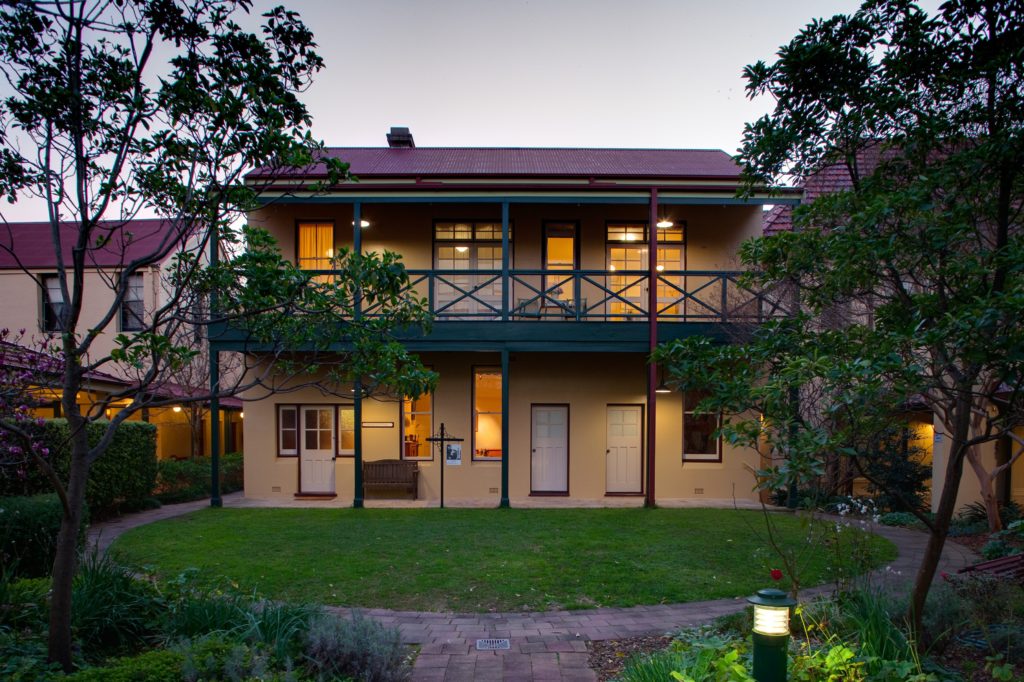
An 1880’s map of St Leonards by Higginbotham and Robinson identifies the future site for the first novitiate in Sydney (the original was in Adelaide, South Australia) for the Sisters of Saint Joseph in Alma Lane, North Sydney.
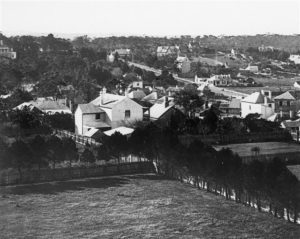
St Leonards, later known as North Sydney, has a complex and rich history in the founding of the early Catholic community, which underpins the story of the arrival of the Sisters of Saint Joseph to Mount Street in 1884.
The Sisters of Mercy, Loreto Sisters and the Marist Brothers, Jesuits and The Grail all served the community’s educational and social needs at the time of the arrival of the Sisters of Saint Joseph.
On 19 March 1884 the formal opening of the novitiate for the Sisters of Saint Joseph in Sydney was celebrated.
The establishment of the new novitiate in the unassuming two storey stone cottage, originally built in 1855, was due to the generosity of Dean John Kenny a seminary companion of Alexander MacKillop, Mary MacKillop’s father. The two men met during their stay in Rome.
Dean John Kenny’s parish work (1867-78) included St Leonards where he was responsible for the building of the first stone Catholic church, St Mary’s Church, Ridge Street, North Sydney, which was opened in 1868.
The history of Mary MacKillop Place begins with the purchase of this cottage (now known as Alma Cottage) by Dean Kenny from John Whitton, a Chief Civil Engineer, in August 1867. John Whitton oversaw the massive expansion of the railways across the state from 1856 to 1890. Records indicate that Dean Kenny resided in this cottage from the mid-1870s onwards.
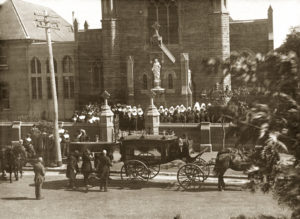
It was during this time that the Marist Brothers opened in 1888 St Mary’s School (next to St Mary’s Church), which would be later staffed by the Sisters of Saint Joseph in the early 1900s. The Sisters produced a network of practice schools for young novices including the Ridge Street School which became known as the ‘Practice and Demonstration’ School.
After Dean Kenny’s death his legacy of bequeathed property to the Sisters of Saint Joseph secured the Mount Street location as a significant site for pilgrims to this day.
The Land and Property Management Authority produced an informative booklet in 2010, the year of Mary MacKillop’s Canonisation, entitled ‘Mary MacKillop (1842-1909) Records of a Saint.’ This booklet details the ‘Old System deeds’ and shows how the Order gradually acquired land over time, including the purchase of land from the trustees of Reverend John Kenny who in 1887 sold Number 2 Alma Terrace for 1,000 pounds.
In April 1890 the Congregation purchased Number 1 Alma Terrace. The original deeds include those personally signed by Mary MacKillop and were held in trust for a ‘Convent or Residence for the Sisters of the Religious Community of Women known as the Sisters of Saint Joseph of the Sacred Heart at Mount Street North Sydney.’
Continue reading the article below:
History in the Making – Mary MacKillop Place (PDF)
Edwina Huntley
Museum Curator
Mary MacKillop Place
World Day of Prayer 2020
March 6, 2020A powerful opportunity for people of faith to gather in solidarity, to learn, to pray and to support developing nations in their quest for human values and freedom.
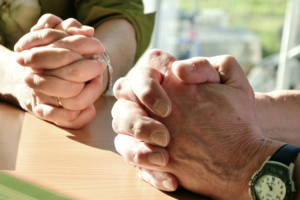 I live in Dubbo, a rural town in Central Western NSW. We are caught in the grip of drought and are making every effort to support each other. Whether we live on a farm or in town, whether we conduct a business or are employed or unemployed, whether we are old or young, it is “all hands on deck” with a common purpose to survive and thrive.
I live in Dubbo, a rural town in Central Western NSW. We are caught in the grip of drought and are making every effort to support each other. Whether we live on a farm or in town, whether we conduct a business or are employed or unemployed, whether we are old or young, it is “all hands on deck” with a common purpose to survive and thrive.
One of the most powerful experiences I have had in Dubbo has been to attend The World Day of Prayer (WDP). This event is ‘a global ecumenical movement lead by Christian women.’ [1] The motto for the WDP is ‘Informed Prayer and Prayerful Action”. A different country hosts the event each year and in Dubbo we gather to pray in a different church each year. The host nation prepares resources for the use of the local community. In gathering for prayer, we learn about the history, culture, geography and people of the host nation. I must admit, I know very little about some of these countries and the WDP has given me an opportunity to get a glimpse of the joys and struggles, the hopes and values, the challenges and gifts of a human community whose members also have ‘a common purpose to survive and thrive.’
This year the World Day of Prayer occurs on 6 March. Zimbabwe is the host nation and the theme is “Rise, Take Up Your Mat and Walk”. We are invited to come together and pray around this theme for our brothers and sisters in Zimbabwe who have undergone considerable political upheaval in recent times and who are endeavouring to “promote healing in their country which searches for peace and reconciliation”.[2]
The call to action encouraged by this year’s theme is a Gospel response by people around the world to stand in solidarity with those who suffer poverty, injustice and disempowerment. It is also a call to pray consciously to our compassionate God for the insight and courage required to challenge unjust systems and to act for the good of humanity in nonviolent ways.
In rural communities it is almost natural to act ecumenically. We are bonded together by family, social and work relationships. To gather for WDP and welcome each other in our different places of worship, is Christian unity in action both locally and globally. The growth in mutual understanding and outreach ripples across the globe. Gradually, the various ‘isms’ which afflict modern society exercise less power, individually and communally. The Reign of God comes nearer.
May the World Day of Prayer 2020 encourage us all to exercise Christian hope in the face of all the hardships being experienced in Zimbabwe and at home. May we continue to pray for each other and to act justly in our own circumstances.
Christine Rowan rsj
View the World Day of Prayer Australia website here
Footnotes:
[1] World Day of Prayer International website
[2] ibid
Image: Hands praying by congerdesign obtained from Pixabay. Used with permission.
Julian Tenison Woods: A Life – Chapters 2nd & 3rd
March 5, 2020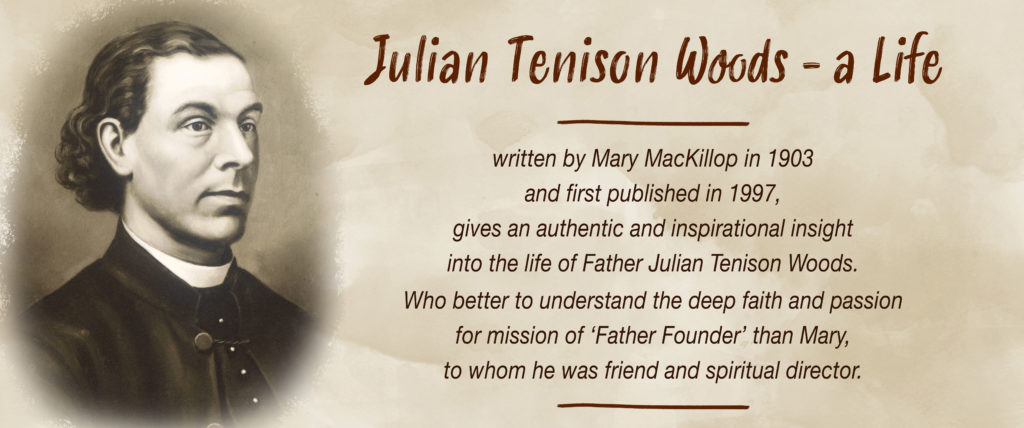
Chapters 2nd & 3rd
He had become acquainted with the Rev. Francis Oakley, who had charge of the Catholic Chapel and Schools at Islington, London… Under Canon Oakley, he took partial charge of one of the schools in the suburbs, for the children of the better classes… He remained in this position about a year and a half…
My Time at Penola
February 28, 2020Sr Sue McGuinness was recently interviewed by an ABC Journalist about her time at Penola, South Australia.
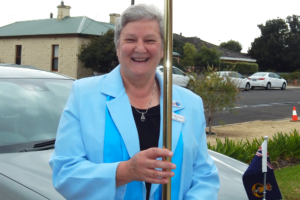
The interview aired on Friday 21 February 2020 and was featured on the program called ‘Local Life’ on ABC South East SA (1476AM/1161AM).
You’re invited to listen to the interview below:
A Venture into Missionary Work
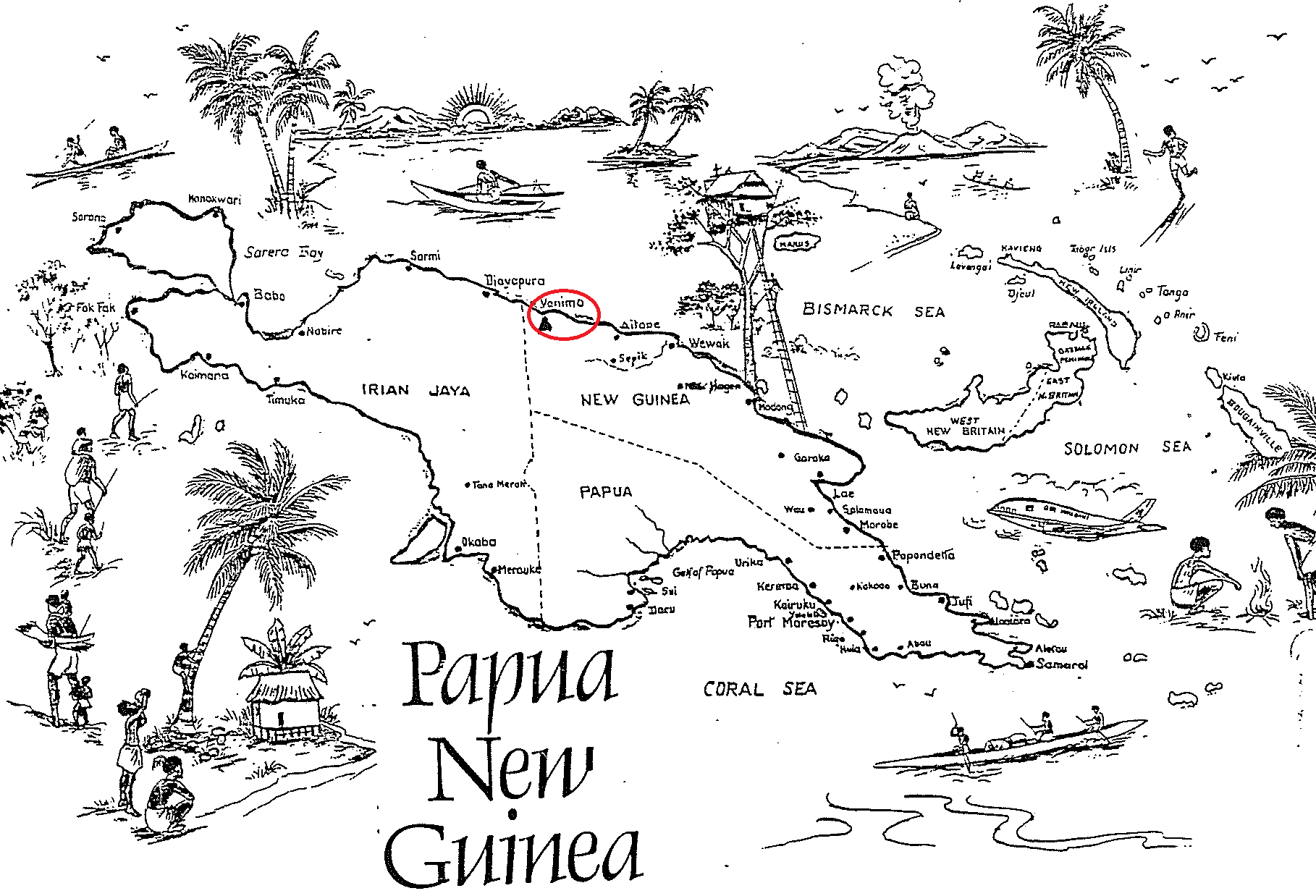
Vanimo, Papua New Guinea 1965
Fifty-eight years ago this month, four Sisters of St Joseph from Goulburn, New South Wales set out to undertake missionary work in the far north west of Papua New Guinea.
In 1960 the Franciscan bishop of Aitape asked the Passionist Fathers to take responsibility for missionary work in the north western part of his vast tropical diocese. Vanimo was the main centre in this region. Four Passionist priests and a brother arrived there on 10 March 1961 to commence ministry among the 45,000 people scattered throughout the region.
Turn Again
February 26, 2020Elaine Wainwright* offers an ecological reading of the Ash Wednesday readings Joel 2:12-18 and Matthew 6:1-6; 16-18.
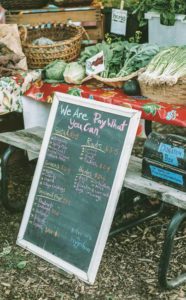 Ash Wednesday is at the end of February (26th) and begins the season of Lent. The readings for this day are characterised by a call to conversion and this theme weaves through the six weeks of Lent. I have chosen the first reading Joel 2:12-18 and the Gospel Matthew 6:1-6,16-18 to begin our year of ecological readings of lectionary texts.
Ash Wednesday is at the end of February (26th) and begins the season of Lent. The readings for this day are characterised by a call to conversion and this theme weaves through the six weeks of Lent. I have chosen the first reading Joel 2:12-18 and the Gospel Matthew 6:1-6,16-18 to begin our year of ecological readings of lectionary texts.
Reading biblical texts ecologically is an approach that is informed by the ecological consciousness emerging among many people in our world. It is about paying attention to the whole Earth community — the human characters and their relationships as well as the other-than-human, such as the land and animals, and to the presence or absence of right relations among these. It is a “critical” approach like other ethical approaches to reading the Scriptures such as feminist and postcolonial interpretations. The significant difference characterising an ecological approach is that the other-than-human relationships are often not explicit in the text — they’re encoded…
Continue reading the article below:
Tui Motu Issue 245, February 2020 (PDF)
